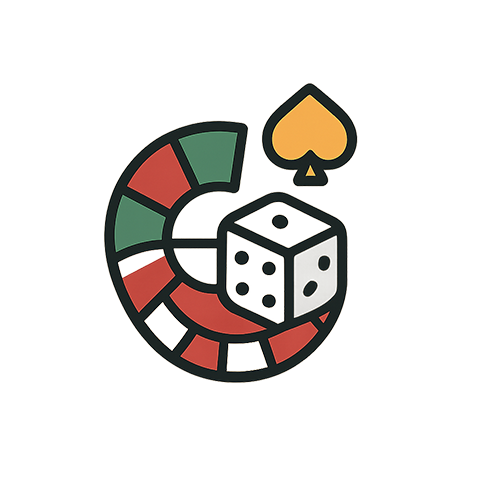Poker is not just a game of skill; it’s a delicate dance between strategy, psychology, and yes, variance. Every player, whether a seasoned pro or a novice, experiences the unpredictable nature of variance in their gambling journey. Understanding variance is crucial to navigating the highs and lows that poker can bring. It’s the unseen force that can turn a critical pot win into a devastating loss, often leaving players questioning their ability and making them rethink their strategies.
Variance in poker refers to the fluctuation in results that players experience over time. When you pull a bad beat or miss a draw, it can feel like a punch in the gut, and that’s where the emotional rollercoaster begins. You might have played your hand perfectly, made the right reads, or calculated the odds down to the last digit, but if luck isn’t on your side, you can still find yourself on the losing end. This is where understanding variance becomes essential.
It’s easy to become fixated on short-term results, allowing a few bad sessions to distort your perception of your overall game. Herein lies the artistry of managing variance. Skilled players recognize that poker is a marathon, not a sprint. They learn to embrace variance and understand it as part of the game rather than a personal failure. This mindset allows them to focus on making the best decisions possible rather than fixating on individual outcomes.
One effective strategy for managing variance is proper bankroll management. This principle helps cushion the inevitable swings in poker. By setting aside an appropriate bankroll for your level of play, you give yourself the freedom to withstand the troughs of variance without the devastating impact on your overall gambling journey. It also allows you to play more confidently, knowing you’re prepared for the inevitable ups and downs.
Another vital aspect of managing variance is mental fortitude. The psychological impact of variance can lead to tilt, where frustration clouds judgment and leads to poor decisions. Developing a strong mental game is paramount to navigating the fluctuations of poker. This can include techniques such as mindfulness, which encourages players to stay present and focused on their decisions instead of dwelling on past hands. Additionally, maintaining a disciplined approach to your gameplay—not chasing losses or playing emotionally—can help keep variance in check.
Furthermore, observing and reflecting on your play during downswings is essential. Variance can reveal patterns in your gameplay and areas for improvement. Whether it’s tightening up during losing streaks or being more aggressive during your winning sessions, adapting based on observations can help you mitigate the effects of variance.
Lastly, engaging with the poker community can also provide vital support during challenging variance periods. Discussions with fellow players about their experiences and strategies can shed light on your own challenges and introduce new perspectives on how to handle the unpredictability of the game. Sharing stories of overcoming downswings and celebrating triumphs during upswing periods fosters a sense of camaraderie that is invaluable in the often isolating world of poker.
Ultimately, variance is an inseparable part of the poker experience. Accepting its presence is not a sign of weakness but rather a mark of a mature and strategic player. By managing your approach to variance—through proper bankroll management, mental discipline, self-reflection, and community support—you can navigate the unpredictable waters of poker gambling with confidence and poise.




